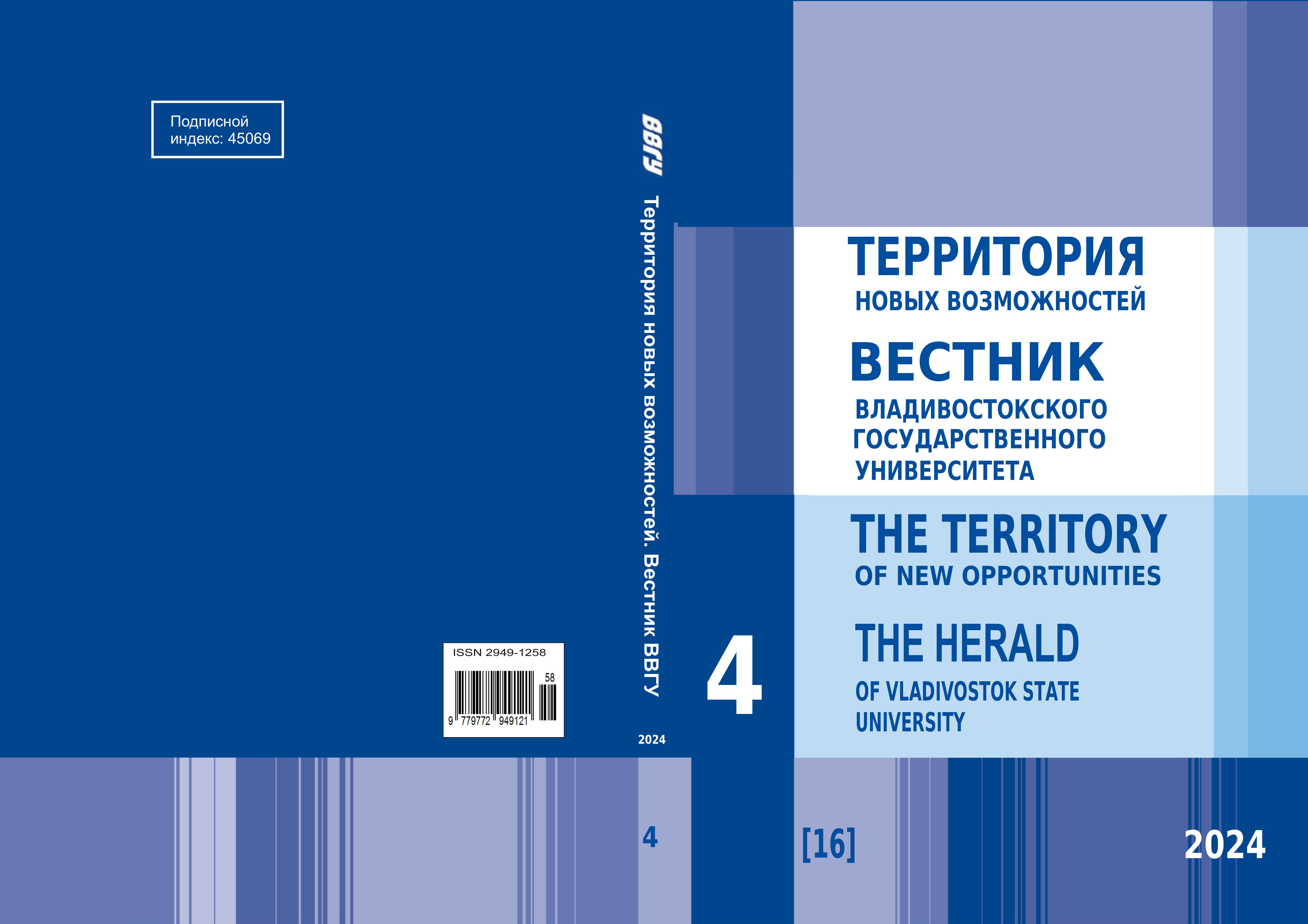employee
One of the important tasks of the modern world is to find common ground between the Western and Eastern cultures. Psychology plays an important role there, since it comprehends significant cultural patterns from the point of view of mental processes that are common to all people. Analytical psychology, created by Carl Gustav Jung in the first half of the 20th century, presented its understanding of the myths of various civilizations in the context of the main milestones in the development of the protagonist’s personality. According to Jung's followers, many of the mythological and historical heroes go through a special path of individuation, which can roughly be called the gradual unification of consciousness and the unconscious. During this path, the hero passes through key points of life growth, meeting archetypes, which represent matrices of universal images common to all humanity, innate programs that influence the perception and development of the individual. The final milestone on the path of individuation is the Self, the central archetype that marks the highest point of personal development. Followers of the analytical school of psychology quite fully analyzed the main milestones in the lives of the heroes of the Western world, while the biographies of the Eastern epic were studied less. At the same time, Jung himself noted that the path of individuation is also presented in the biography of Buddha Gautama. Using available sources, the author of this article has attempted to identify the key points in the life of the Buddha in order to clearly prove the assumption of the famous psychologist. The work contains a brief analysis of the main milestones in the life of Buddha Gautama using the method of analytical psychology, as a result of which a consistent chain of archetypes’ recognition on the path of formation of the Self was traced. The novelty of the study is represented in its uniqueness: a consistent analysis of the biography of Gautama Buddha in the context of analytical psychology has not previously been published in Russian scientific literature.
Carl Jung, Buddha, Self, individuation, archetype, east, Buddhism, Jesus, myth
1. Ulanov M.S. Eurasianism, Orthodoxy and Buddhism. URL: https://cyberleninka.ru/article/n/evraziystvo-pravoslavie-i-buddizm
2. Jung CG Analytical Psychology. Past and present. Moscow: Martis; 1995.
3. Jung CG Course of lectures "Psychology and Religion". URL: https://gtmarket.ru/library/basis/4229/4233
4. Rank O. Hero birth myth. URL: https://coollib.in/b/481364
5. Armstrong K. Buddha: trans. From English. Moscow: Alpina non-fiction; 2017.
6. Isaeva H.V. Maya / Institute of Philosophy of the Russian Academy of Sciences. New Philosophical Encyclopedia Moscow: Thought; 2010.
7. Edinger E. Ego and archetype. Consciousness and the unconscious in myth, religion and culture. URL: https://www.litres.ru/book/edward-f-edinger/ego-i-arhetip-soznanie-ibessoznatelnoe-v-mife-religii-i-70754029/
8. Bogdanova A.G. The image of a tree in Jungian analysis. URL: https://www.b17.ru/article/obraz_dereva_v_yungianskom_analize/
9. Lalitavistara. Sutra on Buddha's life. Birth: trans. From English. Moscow: Publishing House of the Russian State University for the Humanities; 2018.
10. Kusmidinova M.Kh. Interpretation of the image of the river in mythology. URL: https://elar.urfu.ru/bitstream/10995/115681/1/978-5-7525-4009-7_063.pdf
11. Uncle N.G. Practices of self-knowledge in Buddhism and modern philosophical education. Society and power. 2020 (4). DOI: https://doi.org/10.22394/1996-0522-2020-4-71-81; EDN: https://elibrary.ru/HBUQGU
12. Golovko A.V. Initiation as a ritual practice. URL: https://cyberleninka.ru/-article/n/initsiatsiya-kak-ritualnaya-praktika
13. Jung CG The phenomenon of selfhood. Moscow: AST; 2020.
14. Jung CG On the Psychology of Western and Eastern Religions. Moscow: AST; 2022.





